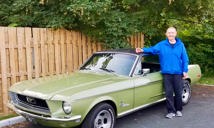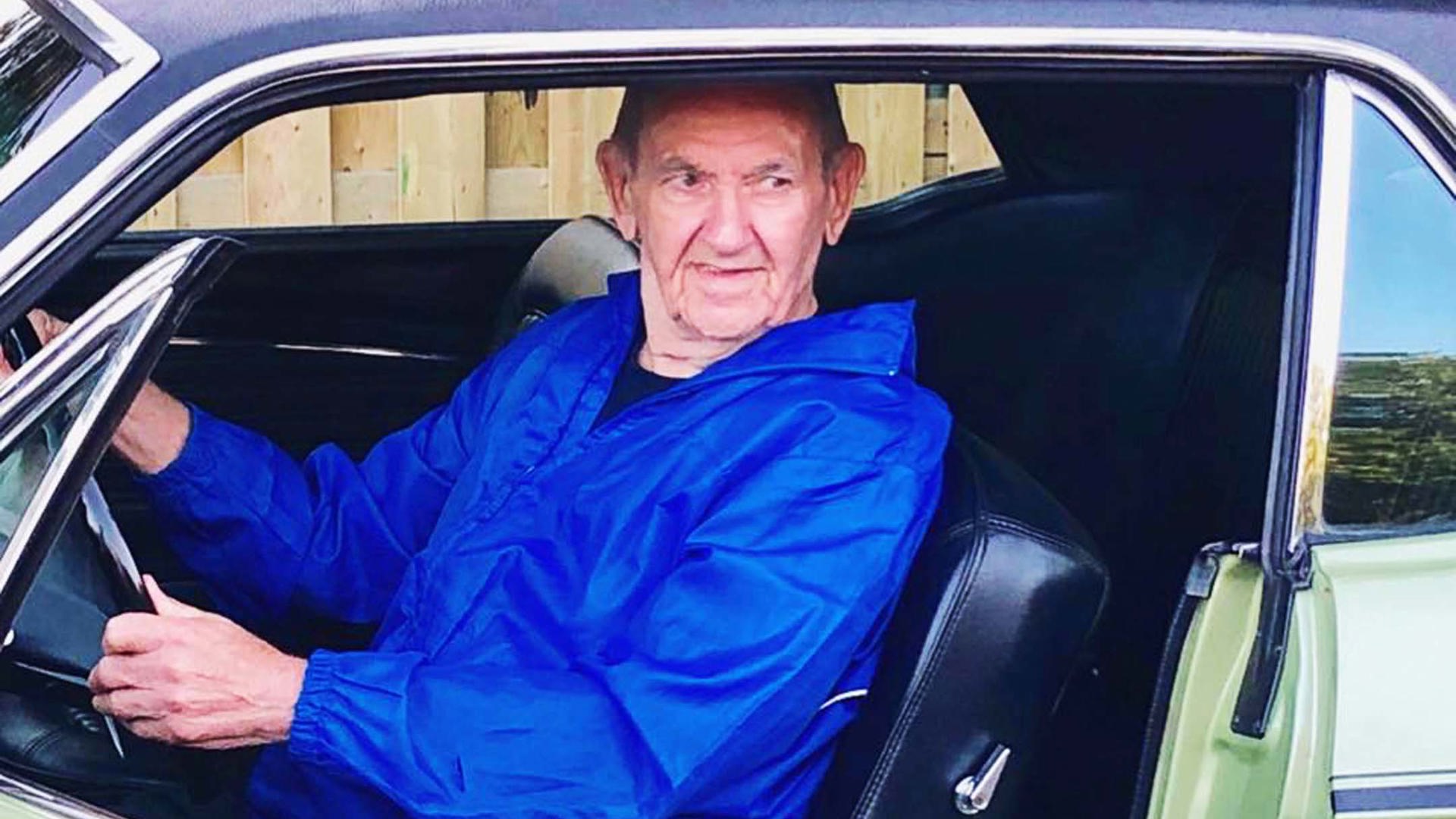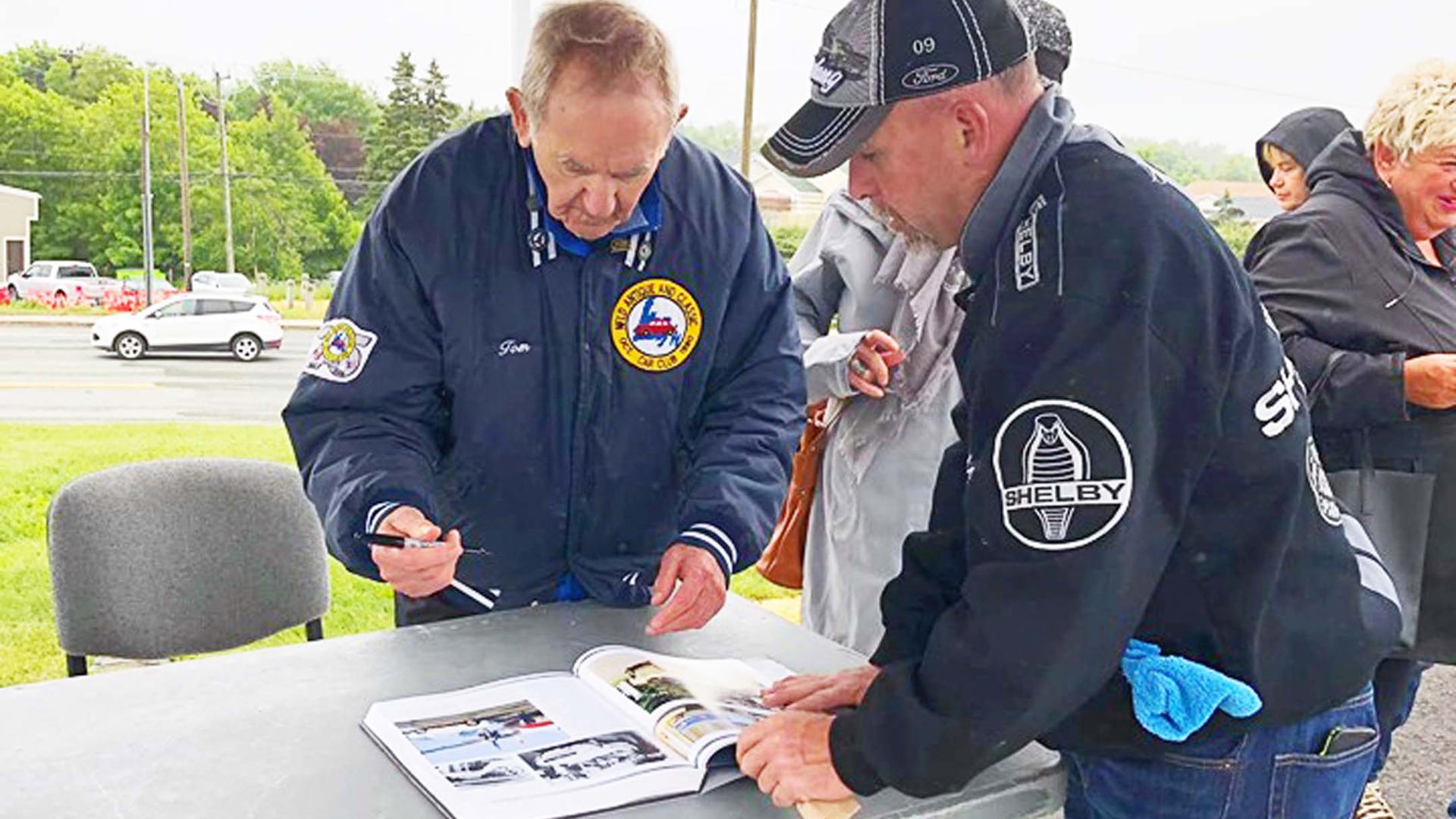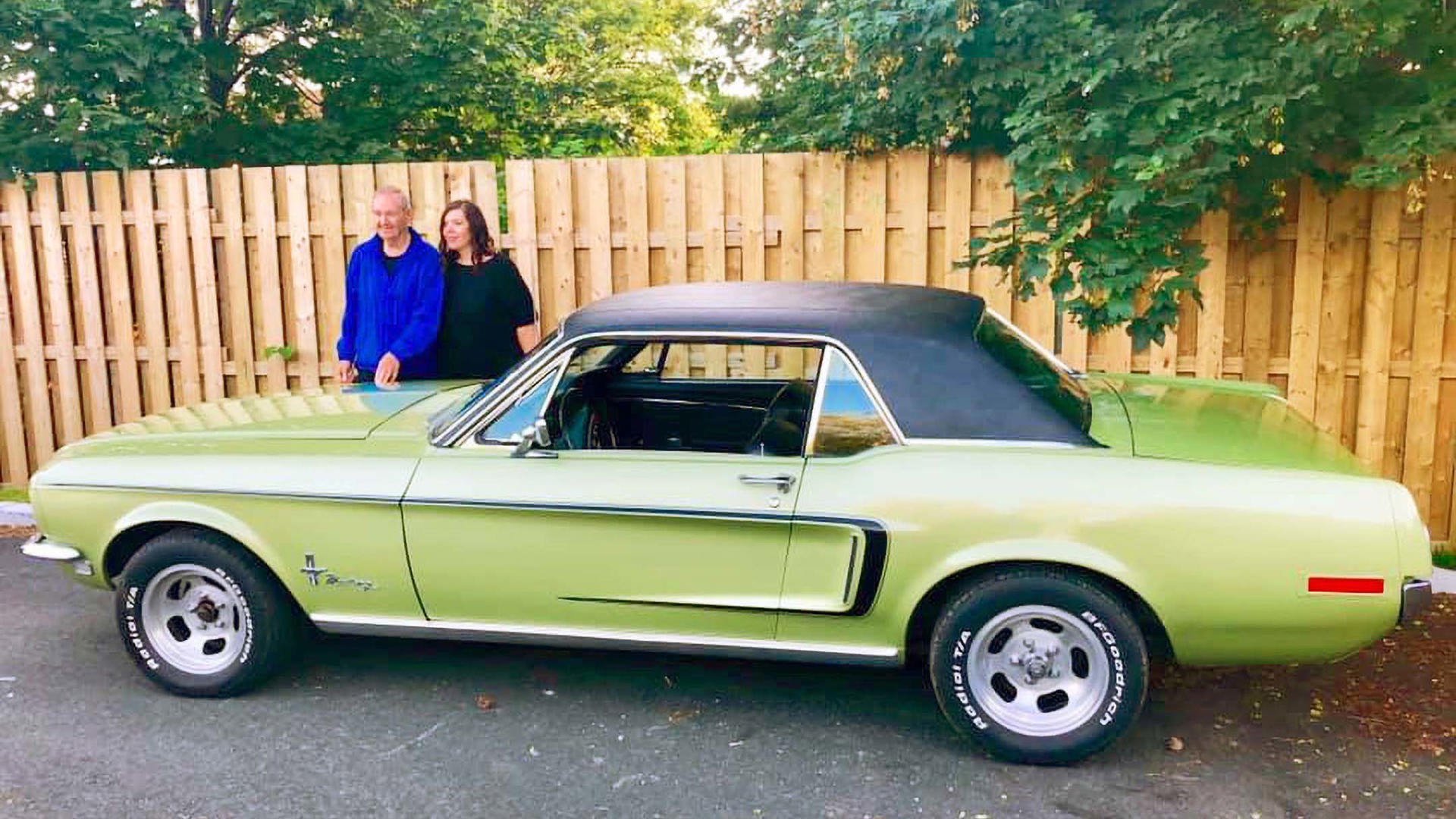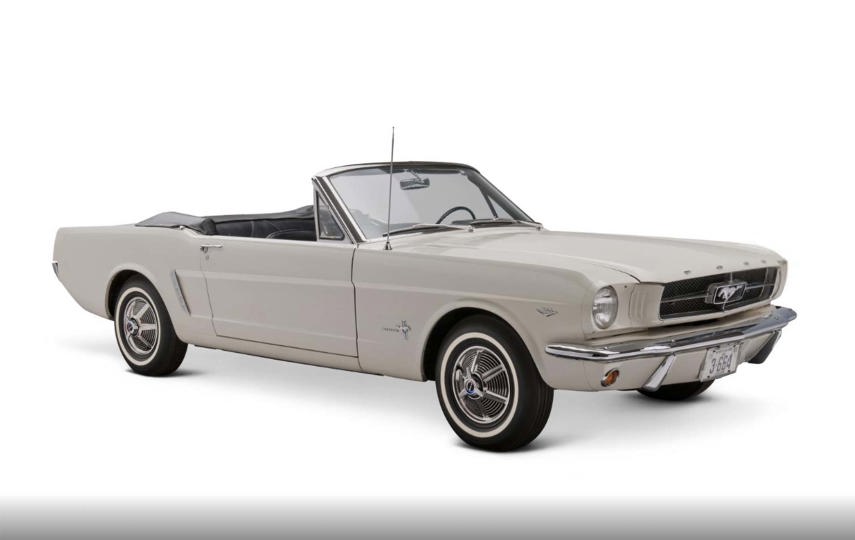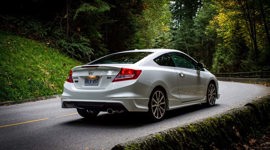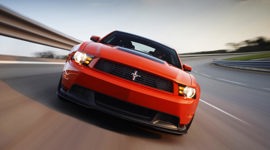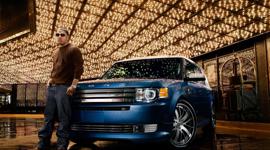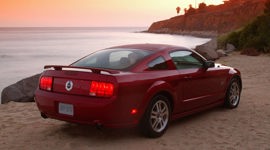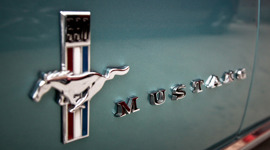There are certain corners of history at the Ford Motor Company that every gearhead knows by heart: their invention of the assembly line, Lee Iacocca’s meteoric rise before being unceremoniously booted to the curb, and – perhaps most famously – the story surrounding the very first serialized Ford Mustang.
Like all good tales, the passage of time has tweaked the details and added a bit of mustard to the facts. Most people know Mustang #00001 was an automatic-equipped convertible painted Wimbledon White and sent to the far-flung province of Newfoundland for promotional purposes. Once there, it was bought by Stanley Tucker, a man with whom Ford sparred for two years in an effort to get it back.
The players in this tale – Tucker, Iacocca, the lot – have been canonized by the Mustang faithful as part of Ford lore. But one man, through dint of being a wonderfully gentle soul who doesn’t seek attention, has long been left out of the tale despite arguably being a most critical part of this story: The guy who sold it.
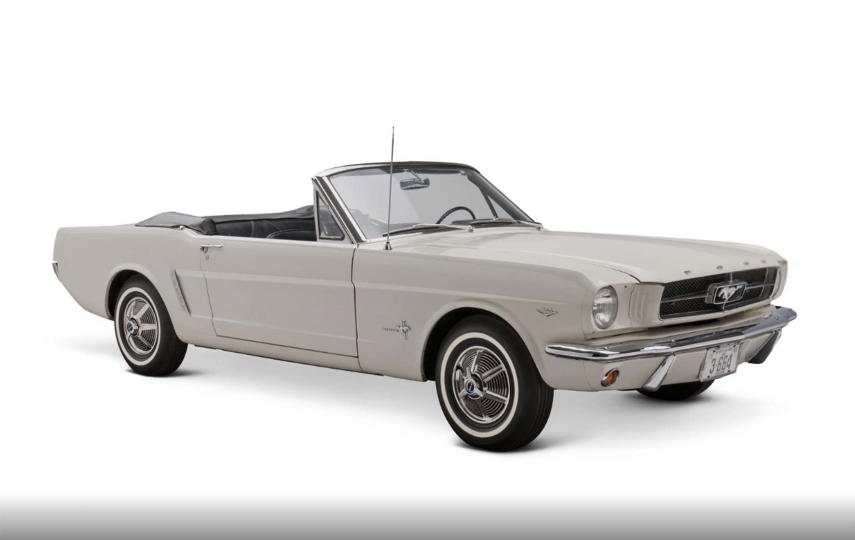
Harry Phillips, 84 years young and still attending Mustang meets in Newfoundland’s capital city, greeted Tucker amongst a throng of people in the 1964 showroom of the George G.R. Parsons dealership on Elizabeth Avenue. Tucker rocked up in an aging Pontiac and navigated the crush of lookie-loos to find Mr. Phillips, a five-year veteran of the sales team at Parsons.
“It was about two weeks before the car’s actual introduction,” Phillips told us in an interview from his St. John’s home. “The showroom was big back then and could probably hold about fifty cars but all anyone wanted to look at was the Mustang.” Interestingly, he told us that what would become one of the most famous Mustangs in the world was simply parked outside for a spell, close to the road where it would draw the most attention.
Chuckling with good humour, Phillips regaled us with a description of how Tucker “wouldn’t take ‘no’ for an answer” before finally getting his name on the owner’s registration. “We didn’t allow him to take it right away,” said Phillips with a grin in his voice. “For the better part of two weeks he’d come back and check on his baby because other customers were allowed to look at it in the showroom.”
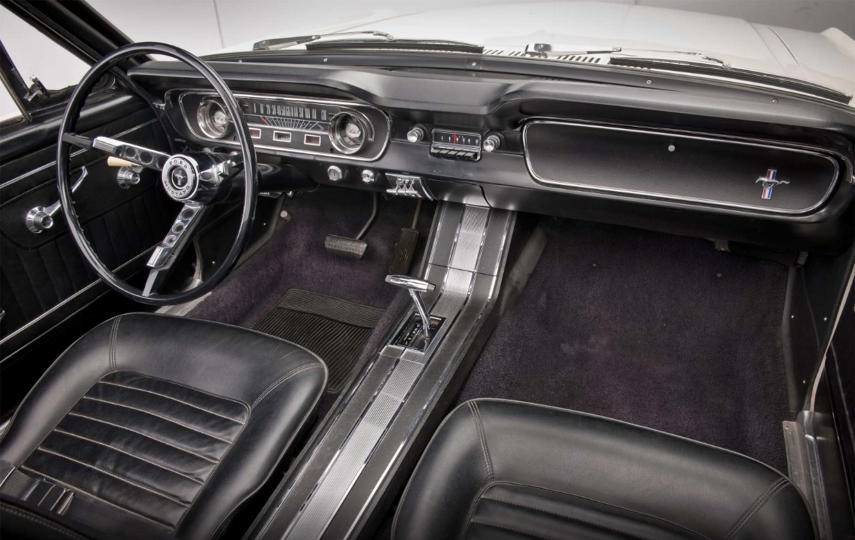
Mr. Phillips speculates Mustang #00001 was shipped to Newfoundland thanks to its distance from Dearborn (St. John’s is very nearly equidistant from the Rouge factory as from Ireland). “It would make sense they sent the first one off the line our way because of the time involved in getting it here,” he mused. That’s as good explanation as any I’ve heard about why the car ended up in Newfoundland.
With the Mustang selling across North America like virtual hotcakes, it took three or four months for Ford to realize the Wimbledon White convertible bearing serial number 5F08F100001 had found its way into private hands. Once the suits in Michigan figured it out, they spent the next two years trying to woo Tucker into giving it back to them, eventually handing over the keys to the 1,000,000th Mustang as a trade (well – there’s some haziness as to if it was really the millionth car).

Despite his key role in Mustang history, Mr. Phillips hasn’t seen #00001 since it drove off the lot in 1964. Friends and family sought to change that and, led by his granddaughter Stephanie Mealey, started a social media campaign to help him pay a visit to the Henry Ford Museum in Detroit where that Mustang is now on display. Thanks to their efforts, Ford reached out to Phillips and he will be a guest at the Henry Ford later this year, on September 27. Your author feels Mr. Phillips should definitely have his name mentioned in the museum’s display alongside Tucker as part of the car’s history.
That first serialized Mustang was one of about a couple hundred examples built at Ford’s Rouge plant in 1964 between February 10 and March 5. Full production began four days later. These early cars were all intended to get production workers up to speed on the intricacies of building the new model and were then to be used solely for promotional purposes before being welcomed back to the Blue Oval. Its official introduction was on April 17, 1964, at the World’s Fair in New York. Expecting to sell about 100,000 copies annually, Ford received 22,000 orders on the very first day. The rest, as they say, is history.
You can be sure when this writer climbs behind the wheel of a 2020 Shelby GT500 later this year, he’ll unleash a 760 horsepower salute to our man Harry Phillips, the soft-spoken salesman who sold #00001.
